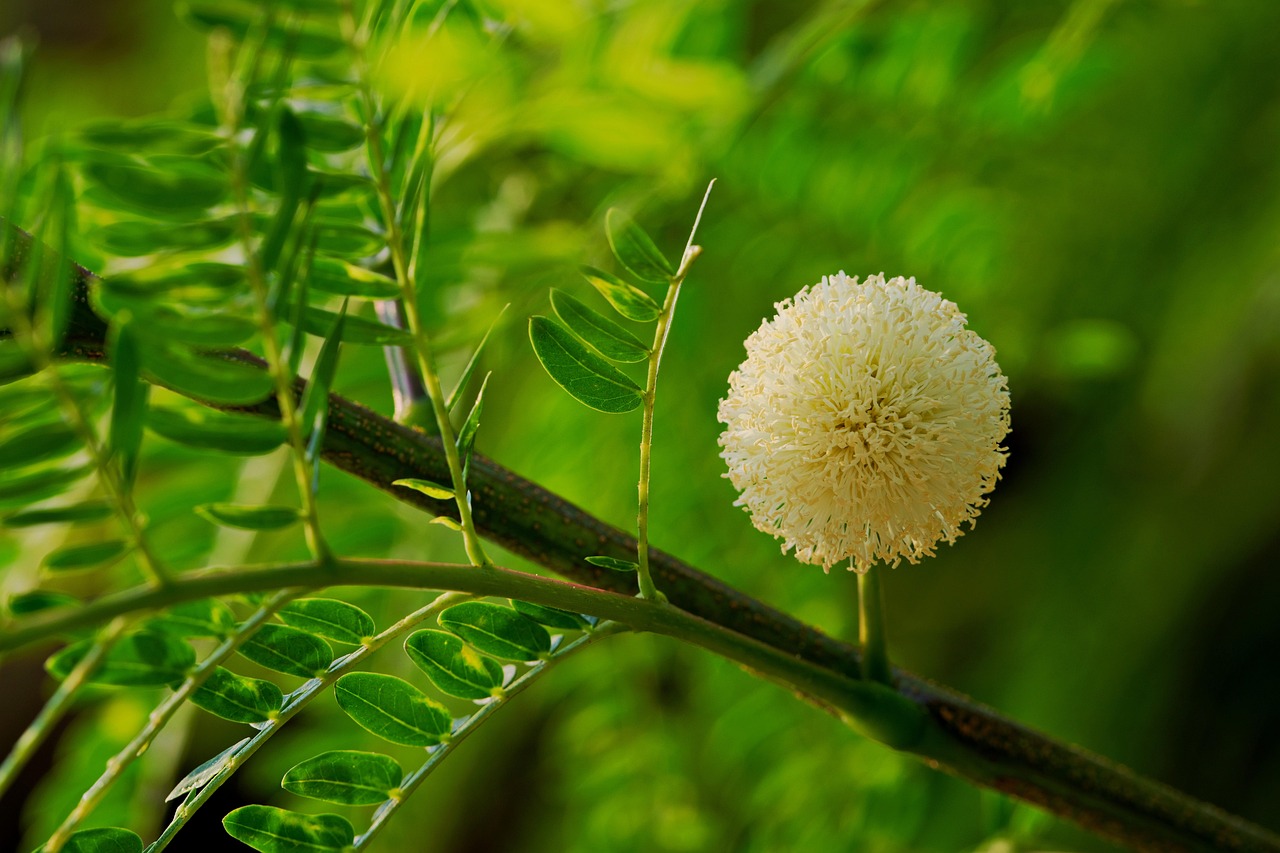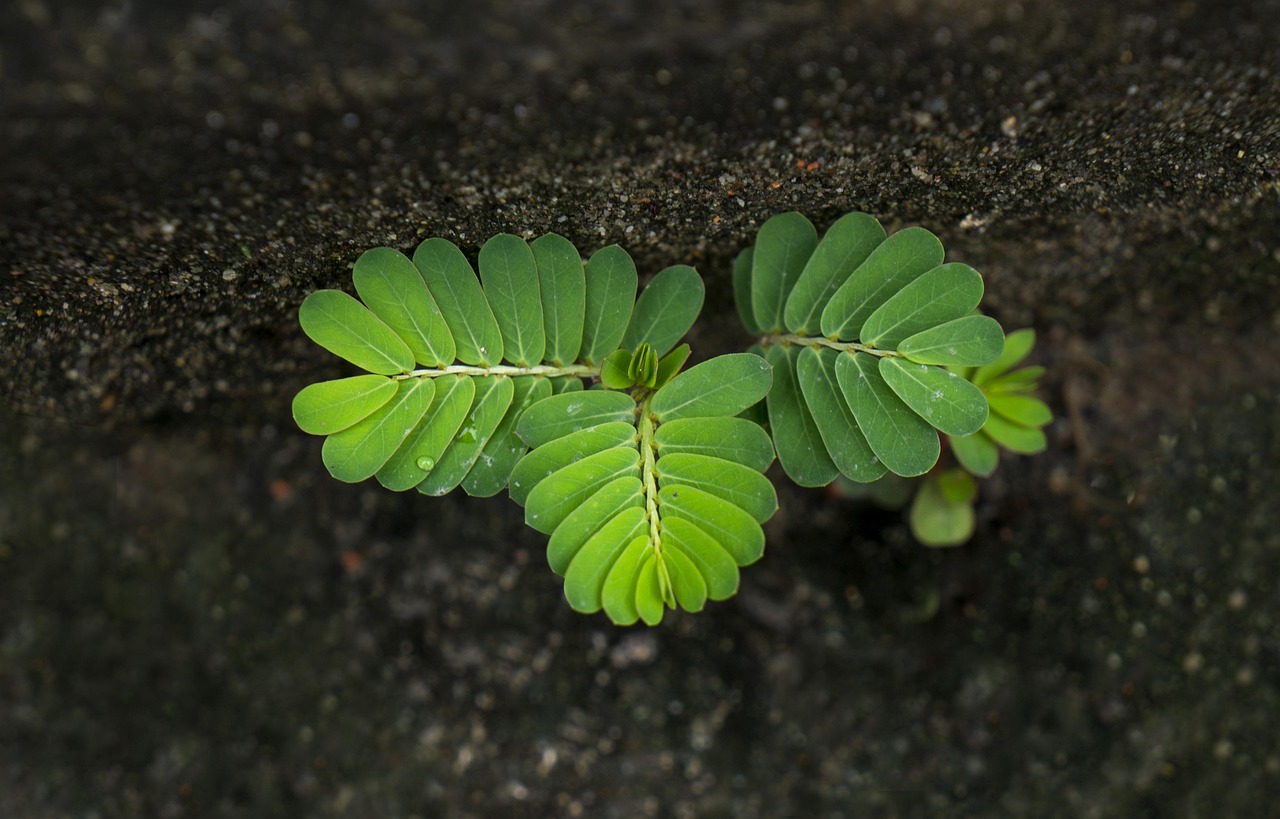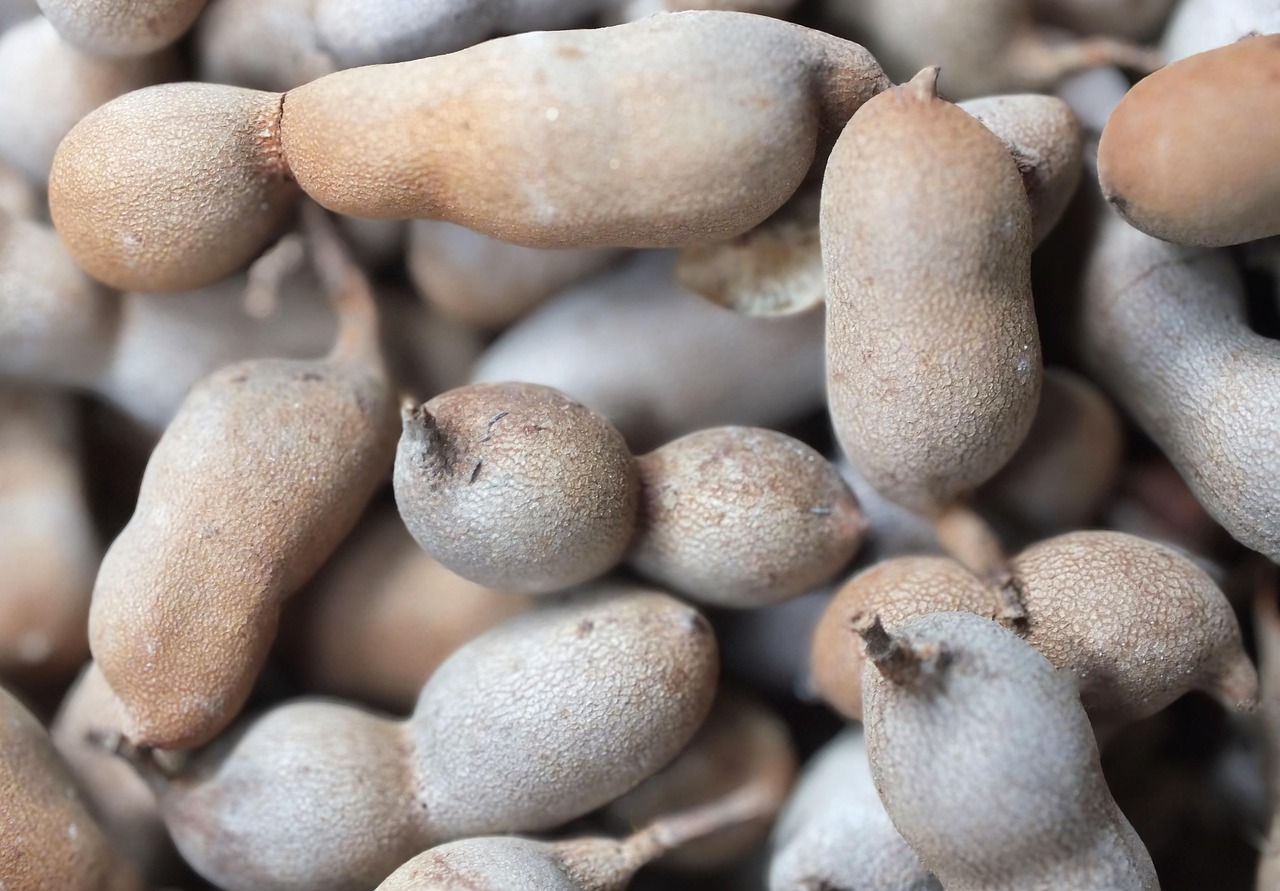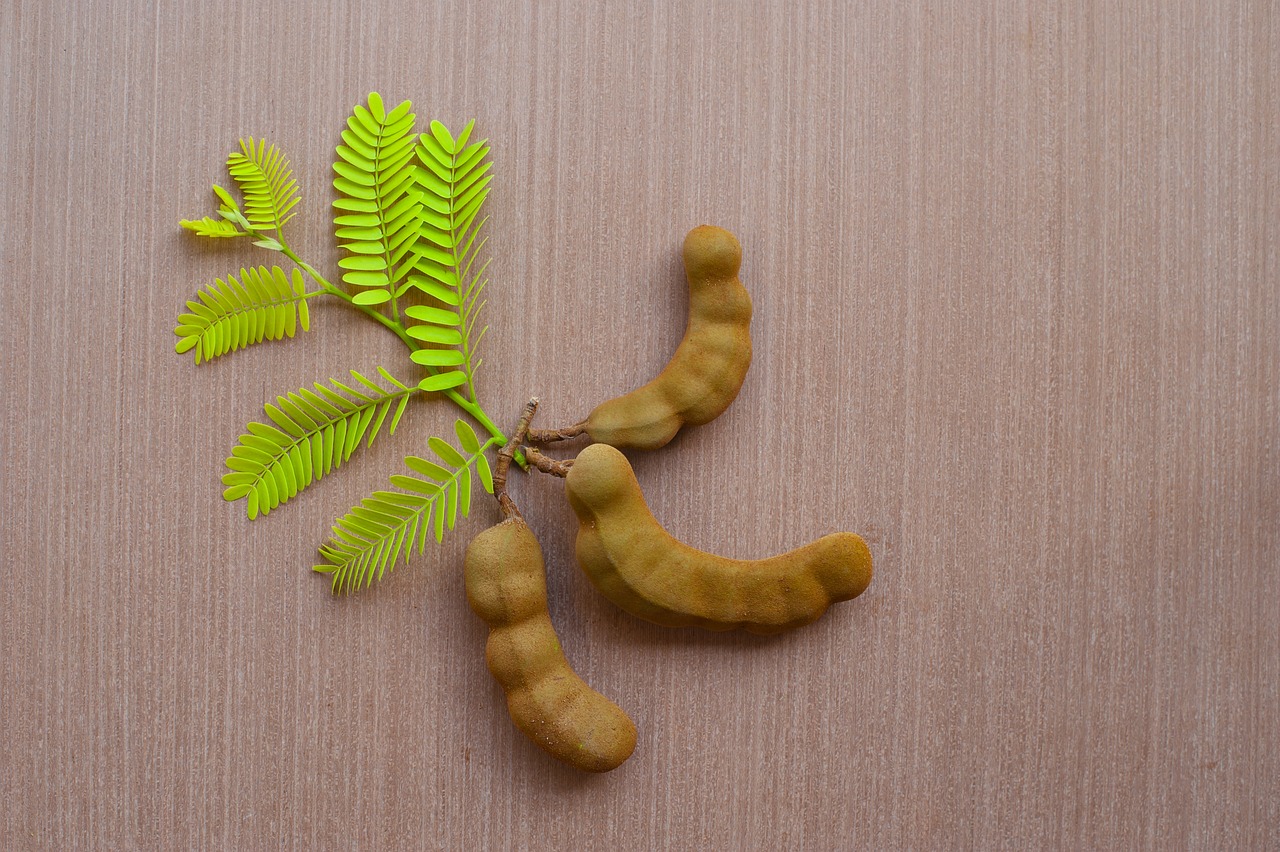The tamarind tree typically grows at a moderate rate, averaging about 1 to 2 feet per year under ideal conditions in tropical fruit gardens. Factors like soil quality, water availability, and climate can significantly influence this growth rate.
Tamarind (Tamarindus indica) is a popular fruit tree in tropical regions. Known for its unique flavor and culinary uses, it also offers numerous benefits to gardeners. The tamarind tree thrives in warm climates and is valued for its shade and aesthetic appeal. Understanding its growth rate is crucial for gardeners looking to cultivate this tree effectively in their fruit gardens.

One of the most important aspects of growing a tamarind tree is knowing the factors that influence its growth rate. These include environmental conditions, soil type, and care practices. In this section, we will explore these factors in detail and provide essential information for successful tamarind cultivation.
Factors Influencing Tamarind Tree Growth Rate
The growth rate of tamarind trees can vary based on several key factors. Understanding these can help gardeners create optimal conditions for faster growth.
- Climate: Tamarind trees prefer warm, tropical climates. They grow best in temperatures between 75°F and 95°F.
- Soil Type: Well-drained sandy or loamy soils are ideal. Poor drainage can hinder growth.
- Watering: Consistent watering is crucial, especially during the first few years. Overwatering can lead to root rot.
- Sunlight: Full sun exposure promotes healthy growth. Tamarind trees require at least 6 hours of direct sunlight daily.
- Fertilization: Regular fertilization with balanced nutrients supports growth. Organic fertilizers are often recommended.
In addition to these factors, the age of the tree also plays a role in its growth rate. Young tamarind trees generally grow faster than older ones. A newly planted sapling may reach a height of 10 to 15 feet in about 5 years with proper care.

Growth Stages of Tamarind Trees
Tamarind trees go through several growth stages, each with distinct characteristics. Understanding these stages helps gardeners monitor progress and make necessary adjustments to care practices.
| Growth Stage | Age (Years) | Height (Feet) |
|---|---|---|
| Sapling | 0-2 | 1-3 |
| Young Tree | 3-5 | 5-15 |
| Mature Tree | 6+ | 20-50 |
During the sapling stage, the tamarind tree focuses on establishing its root system and developing its trunk. In the young tree stage, it experiences rapid vertical growth and begins to branch out. Once it reaches maturity, the tree will stabilize in height but continue to expand in width and fruit production.
The tamarind tree’s ability to adapt to various environmental conditions makes it a resilient choice for tropical fruit gardens. However, gardeners should remain attentive to its specific needs throughout its growth stages. Proper care will ensure a robust tree that not only provides shade but also produces delicious fruit.

In conclusion, understanding the factors affecting the growth rate of tamarind trees is essential for successful cultivation. By optimizing climate conditions, soil quality, and care practices, gardeners can enjoy the many benefits of this unique tropical fruit tree.
Optimal Conditions for Tamarind Tree Growth
To achieve the best growth rates for tamarind trees in tropical fruit gardens, certain optimal conditions must be established. These conditions encompass various environmental and care factors that can significantly affect the tree’s development. Understanding these aspects will help gardeners create a thriving environment for their tamarind trees.
Soil Preparation
The preparation of the soil is crucial for the healthy growth of tamarind trees. Here are some essential tips for soil preparation:
- Drainage: Ensure that the soil has good drainage to prevent waterlogging. Tamarind trees prefer well-draining sandy or loamy soils.
- pH Level: The ideal soil pH for tamarind trees is between 6.0 and 7.5. Conduct a soil test to determine the pH level and make adjustments if necessary.
- Nutrient Content: Enrich the soil with organic matter such as compost or well-rotted manure to improve nutrient availability.
- Soil Depth: A depth of at least 3 to 4 feet is recommended for healthy root development.
Watering Practices
Watering practices play a vital role in the tree’s growth rate. Here are some guidelines for effective watering:

- Frequency: Water young tamarind trees regularly, especially during dry spells. Once established, they require less frequent watering.
- Amount: Ensure deep watering to encourage root growth. Shallow watering can lead to weak roots.
- Timing: Watering should ideally be done in the early morning or late afternoon to minimize evaporation.
- Signs of Stress: Watch for signs of drought stress, such as wilting leaves or yellowing foliage, and adjust your watering schedule accordingly.
Pest and Disease Management
Like any other plant, tamarind trees can be susceptible to certain pests and diseases. Being proactive in pest and disease management can enhance growth and overall health.
Common Pests
The following pests are known to affect tamarind trees:
- Aphids: These small insects can weaken the tree by sucking sap. Use insecticidal soap or neem oil for control.
- Scale Insects: Scale can cause yellowing leaves and stunted growth. Manual removal or horticultural oil can be effective treatments.
- Tamarind Weevils: These pests bore into the wood and can severely damage the tree. Regular inspections and prompt treatment can help manage weevil populations.
Disease Prevention
Tamarind trees may also suffer from diseases such as root rot or leaf spot. Here are some prevention strategies:
- Good Drainage: Ensure proper drainage in the soil to prevent root rot.
- Cultural Practices: Practice crop rotation and sanitation to minimize disease spread.
- Pesticide Use: Use fungicides judiciously when necessary, following label instructions carefully.
Pruning for Optimal Growth
Pruning is an essential part of maintaining a healthy tamarind tree. Proper pruning encourages better air circulation, sunlight penetration, and overall growth.
- Timing: Prune during the dormant season, preferably in late winter or early spring before new growth begins.
- Technique: Remove dead or damaged branches first, then thin out crowded areas to promote light and air flow.
- Shaping: Aim for a balanced shape by selectively pruning branches to maintain an even canopy.
By implementing these practices—optimal soil preparation, effective watering, pest and disease management, and proper pruning—gardeners can significantly enhance the growth rate of their tamarind trees, leading to a fruitful and vibrant tropical garden.
Fertilization Techniques for Tamarind Trees
Fertilization is vital for the healthy growth of tamarind trees. Providing the right nutrients ensures that these trees develop strong roots, lush foliage, and abundant fruit. In this section, we will explore effective fertilization techniques tailored to the needs of tamarind trees.
Types of Fertilizers
Choosing the appropriate type of fertilizer is crucial. There are various options available, each offering different benefits:
- Organic Fertilizers: These include compost, well-rotted manure, and bone meal. Organic fertilizers improve soil structure and promote microbial activity.
- Chemical Fertilizers: Synthetic fertilizers provide immediate nutrient availability. Look for a balanced fertilizer with equal parts nitrogen, phosphorus, and potassium (N-P-K).
- Slow-Release Fertilizers: These fertilizers gradually release nutrients over time. They are beneficial for long-term feeding and reduce the frequency of application.
Application Timing
The timing of fertilizer application can greatly influence the growth rate of tamarind trees. Here are some guidelines:
- Spring Application: Apply fertilizer in early spring as new growth begins. This boosts the tree’s energy for the growing season.
- Mid-Season Boost: A second application can be made in mid-summer to support fruit development.
- Fall Preparation: Avoid fertilizing late in the growing season, as this can promote new growth that may not survive winter.
Fertilization Techniques
Applying fertilizer correctly ensures that tamarind trees receive maximum benefit. Use the following techniques for optimal results:
- Soil Incorporation: Mix granular fertilizers into the top few inches of soil around the base of the tree to enhance nutrient absorption.
- Watering In: After applying fertilizer, water the area thoroughly to help dissolve the nutrients and carry them to the roots.
- Foliar Feeding: For a quick nutrient boost, consider foliar sprays using liquid fertilizers. This method allows for rapid absorption through leaves.
Harvesting Tamarind Fruit
Harvesting is an essential aspect of tamarind cultivation that requires careful timing and technique. Knowing when and how to harvest can significantly impact both fruit quality and tree health.
Harvest Timing
Tamarind fruit typically matures approximately six to eight months after flowering. The best time to harvest is when the pods turn brown and begin to dry out on the tree. Here are some indicators:
- Color Change: Look for a change from green to brown in the fruit pods.
- Texture: The pods should feel firm but slightly pliable when ripe.
- Sound Test: Ripe pods may make a slight rattle when shaken due to the seeds inside.
Harvesting Technique
Proper harvesting technique is essential for maintaining tree health and maximizing fruit yield:
- Use Clean Tools: Utilize clean, sharp pruners to avoid damaging the tree or spreading disease.
- Avoid Pulling: Instead of pulling pods off, cut them from the stem to minimize damage.
- Harvesting Frequency: Depending on the number of fruits, you may need to harvest several times throughout the season.
Post-Harvest Care
After harvesting, it is important to care for both the fruit and the tree. Proper post-harvest care can ensure continued health and productivity.
Storage of Tamarind Fruit
Tamarind fruit can be stored for later use if handled correctly. Here are some storage tips:
- Dried Pods: Store dried tamarind pods in a cool, dry place in airtight containers to prevent moisture absorption.
- Cooled Fresh Pods: If storing fresh pods, keep them in a refrigerator to extend their shelf life.
- Avoid Direct Sunlight: Protect stored fruit from direct sunlight, which can degrade quality.
The care provided after harvesting not only affects the quality of the fruit but also ensures that the tamarind tree remains healthy and ready for future seasons. By following these practices, gardeners can cultivate thriving tamarind trees that produce delicious fruit year after year.
Additional Considerations for Tamarind Cultivation
While understanding growth rates and care practices are crucial for cultivating tamarind trees, there are additional considerations that can enhance the overall success of your tropical fruit garden. These include companion planting, seasonal care adjustments, and monitoring tree health throughout the year.
Companion Planting
Companion planting involves growing different plants in proximity for mutual benefit. This strategy can improve soil health, deter pests, and increase yields. Here are some suitable companion plants for tamarind trees:
- Leguminous Plants: Beans and peas can enhance soil fertility by fixing nitrogen, benefiting the tamarind tree.
- Marigolds: These flowers help repel pests that may target tamarind trees, thus providing natural pest control.
- Herbs: Plants like basil or cilantro can attract beneficial insects while also providing culinary benefits.
Seasonal Care Adjustments
Seasonal changes can significantly impact tamarind tree care. Being aware of the specific needs throughout the year can enhance growth and fruit production:
- Rainy Season: During heavy rains, monitor soil moisture to avoid overwatering. Adjust watering schedules accordingly.
- Dry Season: In drier months, increase watering frequency to ensure the tree receives adequate moisture for growth.
- Temperature Fluctuations: Protect young trees from extreme temperature changes by using mulch to regulate soil temperature and retain moisture.
Monitoring Tree Health
Regularly monitoring the health of your tamarind tree is essential for early detection of issues. Look out for:
- Leaf Color Changes: Yellowing leaves may indicate nutrient deficiencies or water stress.
- Pest Infestations: Regular inspections can help catch pests early before they cause significant damage.
- Fruit Development: Monitor the size and color of developing pods to ensure they are maturing properly.
Final Thoughts
The tamarind tree is a remarkable addition to any tropical fruit garden, offering both aesthetic beauty and delicious fruit. By understanding the growth rate, optimal conditions, fertilization techniques, and post-harvest care, gardeners can cultivate healthy, productive trees. Implementing practices such as companion planting and seasonal adjustments further enhances the chances of success.
The journey of nurturing a tamarind tree requires patience and dedication. However, the rewards are well worth the effort. With proper care, these trees can flourish for many years, providing shade, beauty, and a bountiful harvest of fruit that can be enjoyed in various culinary applications.
As you embark on your tamarind cultivation journey, remember that each tree has its unique needs. Observing and responding to those needs will lead to a thriving garden. Embrace the process, and enjoy the fruits of your labor!
